A flexible feeder is an advanced automation device used in manufacturing systems, especially in environments like Flexible Manufacturing Systems (FMS), to handle and deliver a wide variety of parts or components to the next stage of production. Unlike traditional feeders, which are often customized for specific parts, a flexible feeder is designed to accommodate different shapes, sizes, and types of parts without requiring complex mechanical adjustments.
1. Key Features of a Flexible Feeder
Versatility: It can handle multiple types of parts (irregular shapes, varying sizes) with minimal setup changes.
Automation Integration: Flexible feeders are typically paired with vision systems (cameras) and robotic arms to identify and sort parts accurately before delivering them to the next manufacturing step.
Random Part Orientation: They can feed parts in random orientations, using a vision system to detect the correct positioning, reducing the need for specific orientation tools.
Ease of Changeover: Quick and easy changeovers between part types make flexible feeders ideal for environments with frequent product changes.
2. Advantages of a Flexible Feeder
Cost Efficiency: One flexible feeder can replace multiple specialized feeders, reducing equipment costs.
Space Saving: It requires less space compared to using several dedicated feeders for different parts.
Reduced Downtime: Since no major retooling or reconfiguration is required for different parts, it minimizes production delays during changeovers.
Scalability: It supports high-mix, low-volume production, where various parts are produced in smaller quantities.
3. TEAM flexible feeder
The TEAM flexible vibrating feeder is a three-axis vibration feeding device driven by a voice coil, featuring low noise and the ability to perform 11 different actions. Its gentle movements cause minimal wear on products, and it offers easy integration. It is compatible with 99% of various complex geometric parts (sizes less than 150mm), preventing material jamming, making it suitable for small batch production with a variety of parts, and allowing for quick transitions with good commonality.

The voice coil motor has amplitudes ranging from ±1mm to ±7mm, and through a cleverly designed structured material box (such as grooves, perforations, and profiling), it enables systematic orientation of parts for optimal grasping positions.
The TEAM flexible vibrating feeder utilizes a 32-bit microcomputer control system, integrating Ethernet communication and fewer I/O interfaces. It features a Class D audio drive scheme with short-circuit protection, thermal protection, and over-voltage, under-voltage, and DC protection to comprehensively prevent faults. Ethernet communication supports TCP/IP text and Modbus TCP protocols.
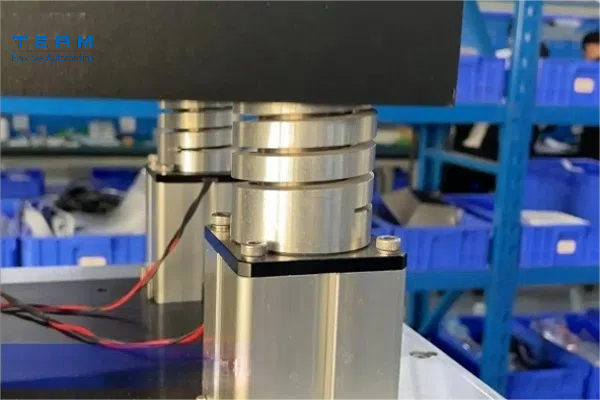
It integrates 26 vibration sets for storing different product vibration actions. Each vibration set includes 26 actions, with the first 11 in vibration set 1 being predefined default actions, while the others are customizable. Each vibration set contains 26 hopper replenishment actions for configuring replenishment parameters based on different requirements and integrates 26 sequences of actions, with each sequence comprising a set of 7 steps. Combinations of different vibration actions can be achieved within the 7 steps as required.

In short, a flexible feeder provides manufacturers with a highly adaptable and efficient solution to manage part feeding in dynamic production environments.
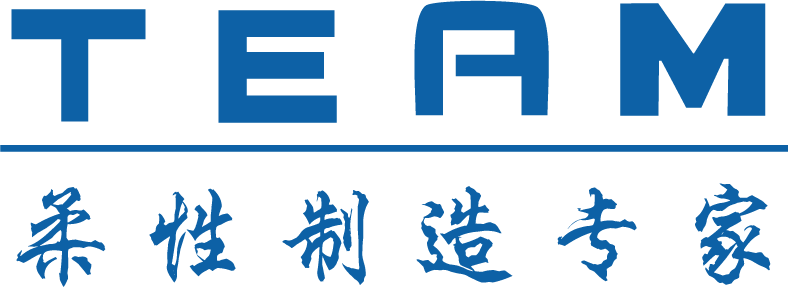

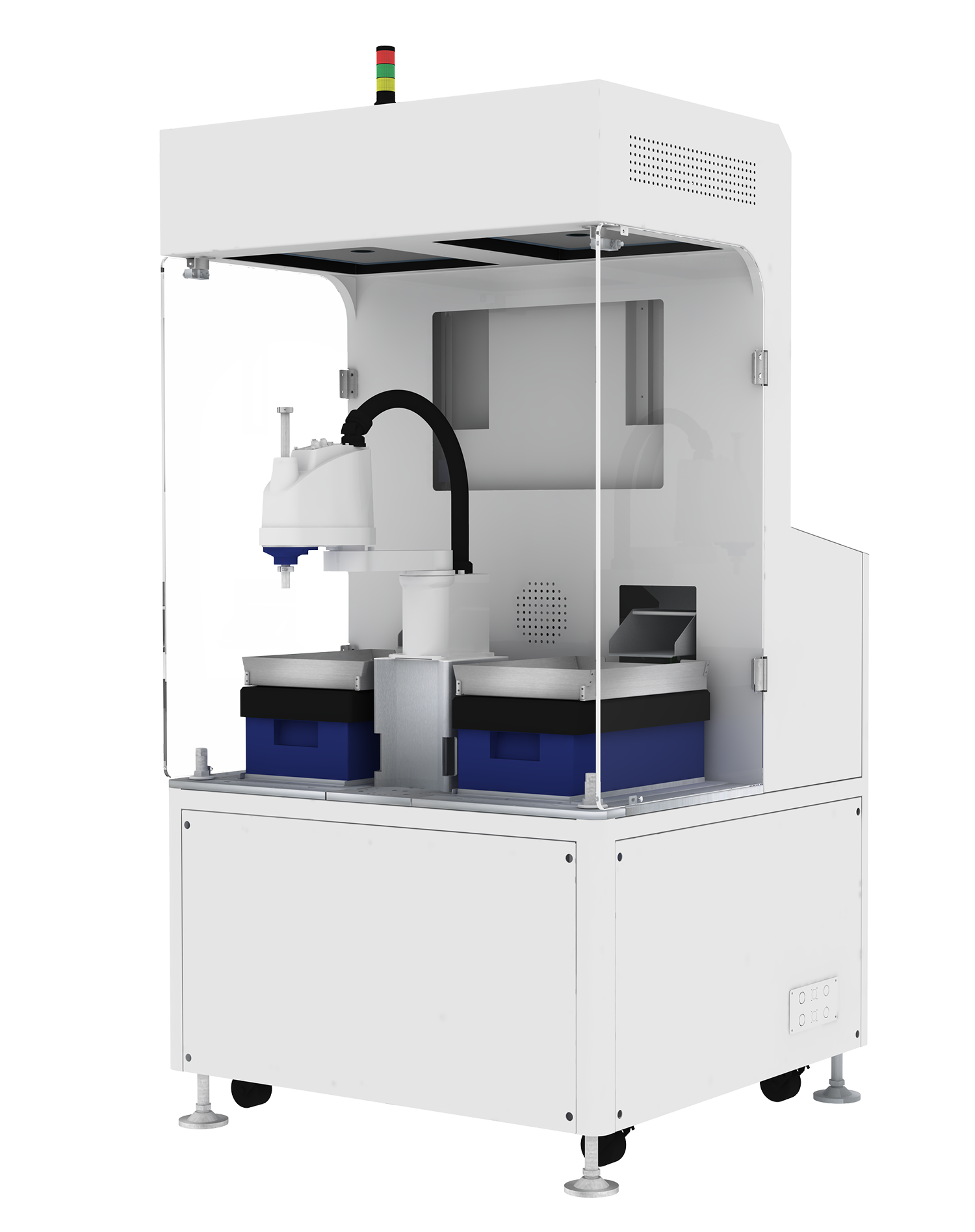
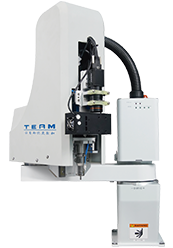
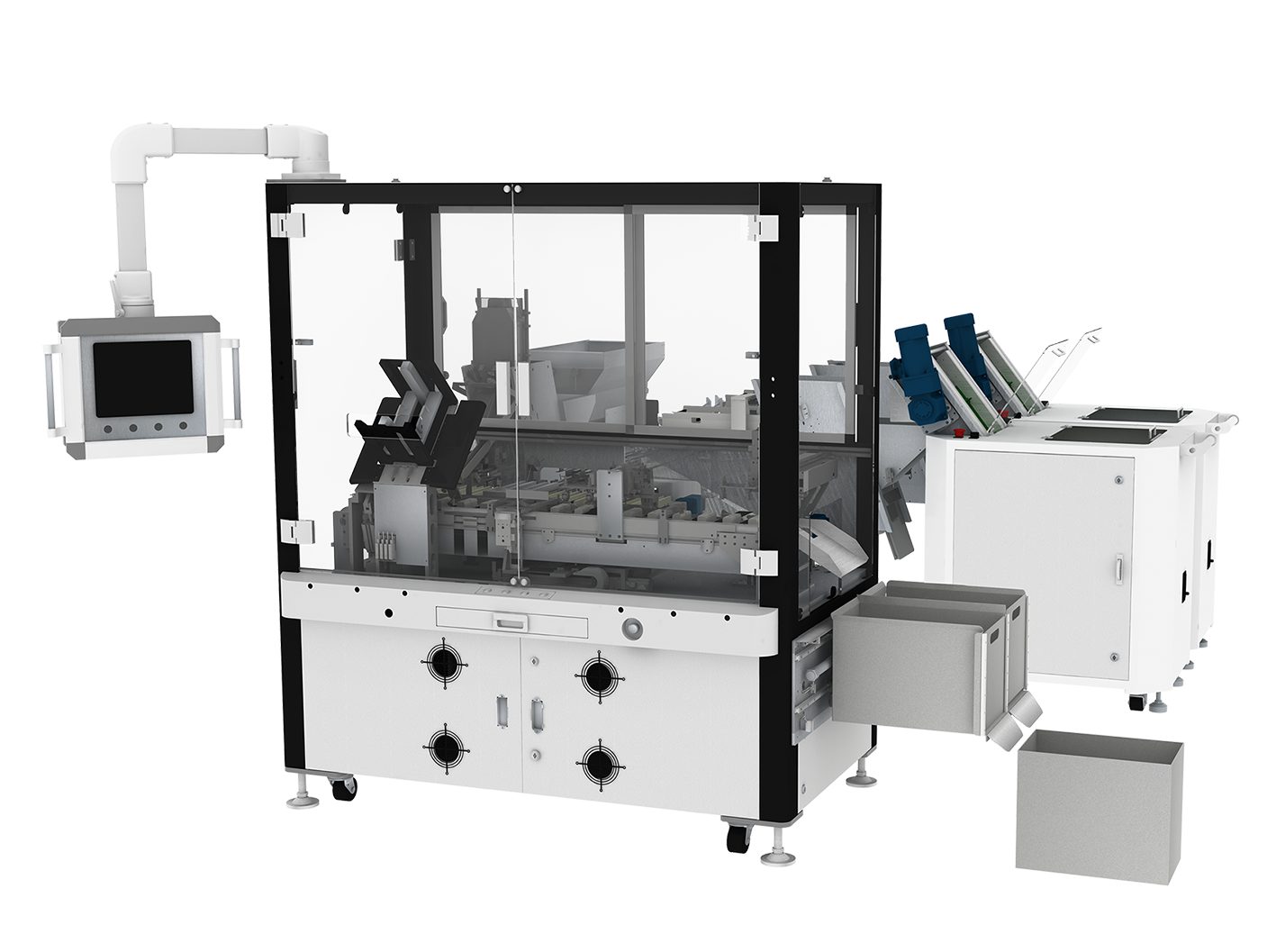







 Home
Home Products
Products Telephone
Telephone Message
Message



